What Does Your School Building Stand For? – From Guest Blogger John R Kellog, Ed. D
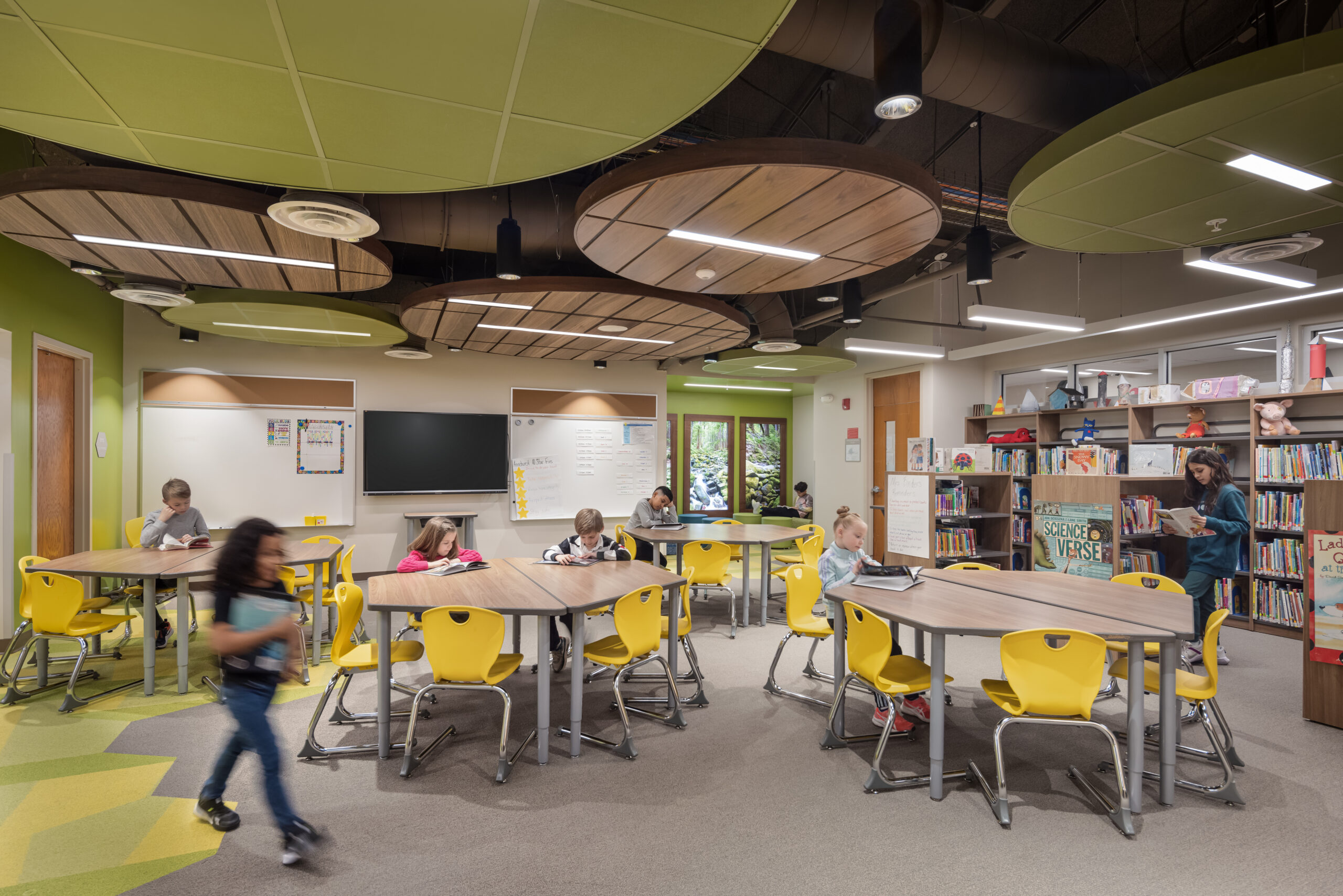
If you are like millions of other tourists who have visited Colonial Williamsburg in Virginia, you probably spent time in one of its historic buildings, The Governor’s Palace. The entry is impressive. The walls are covered with something like 500 swords, muskets and pistols. It’s the Governor’s Palace and during its working days the building was intended to stand for power and might.
When you consider school buildings and their design the default thinking about purpose is grounded in ideas of teaching, learning, and education. This is traditionally the mind set at the start of the design process.
In Westerville we have shifted that thinking to reflect what we believe schools should be designed around in the 21st Century. Our belief is consistent with current ideas about educating the whole child. We believe schools are places for human development.
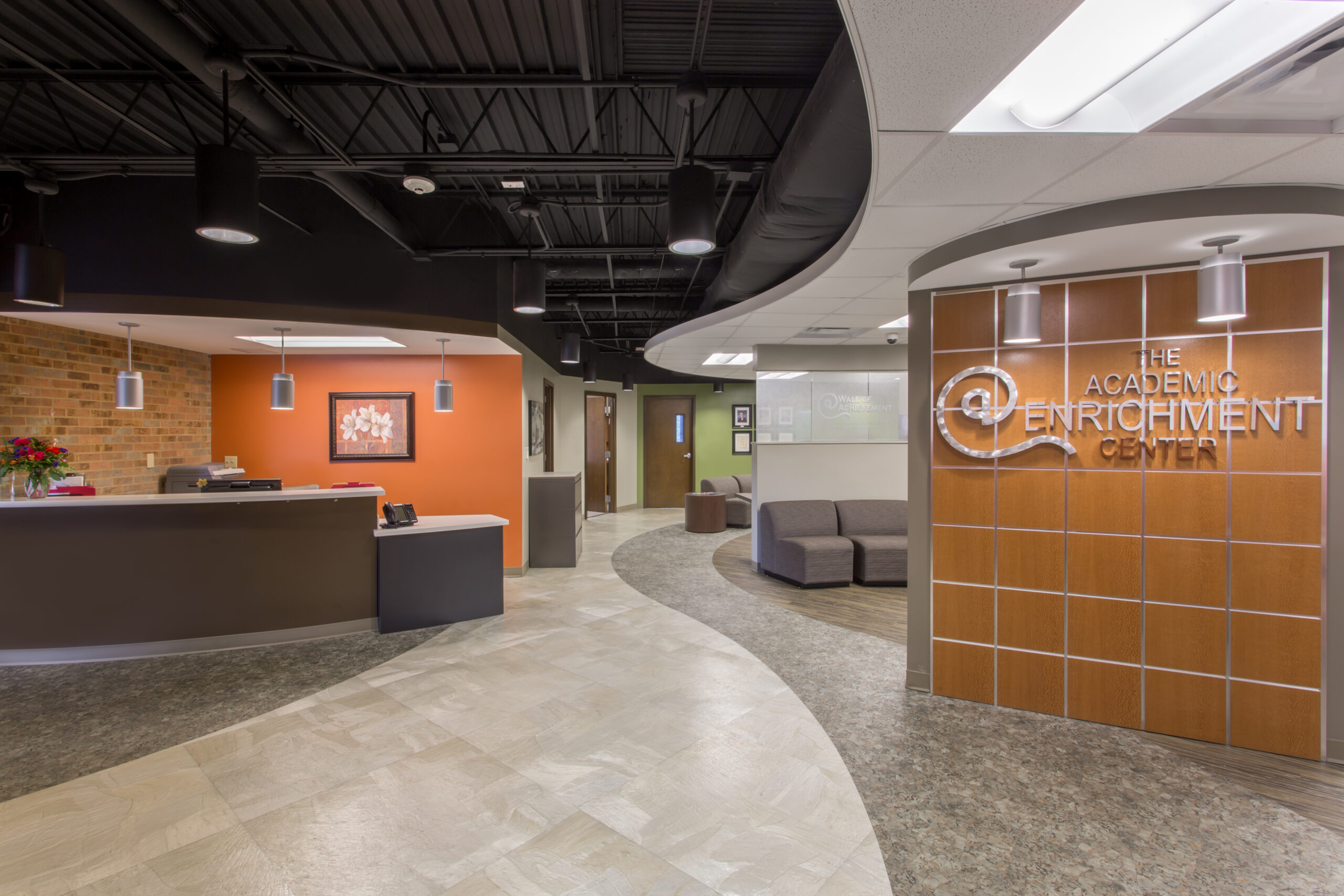
The Academic Enrichment Center
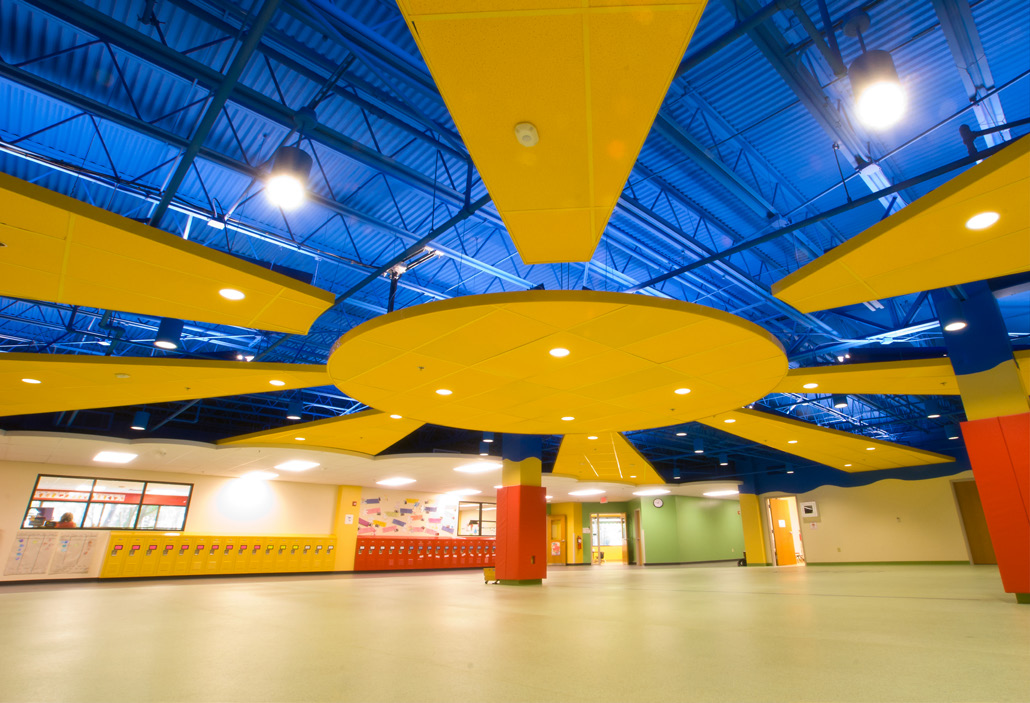
The Early Learning Center
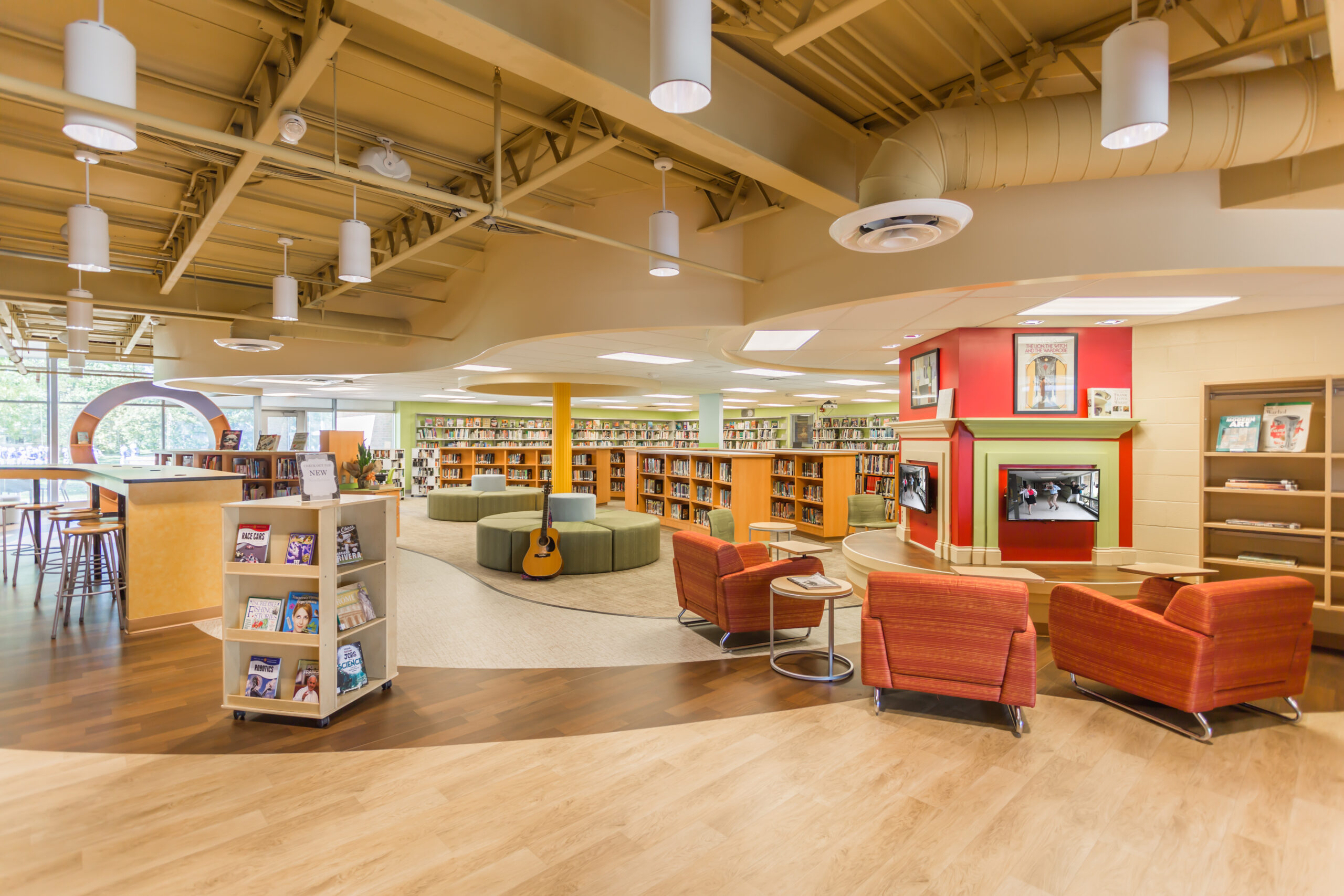
The Center of Inspiration - Walnut Springs Middle School Media Center
Framing the purpose of a school from traditional views of places of teaching to places of human development brings forward new ideas for facilities design. Human development accounts for both the intellectual and social emotional needs of students. It positions the design process to think about functional aspects of a building with a new eye. How can our hallways and stairwells be more than just places that students wall through to get from one place to another? How are large group spaces like lunch rooms and media centers designed to be comfortable and create curiosity? Does the main office area reflect a welcoming environment to visitors?
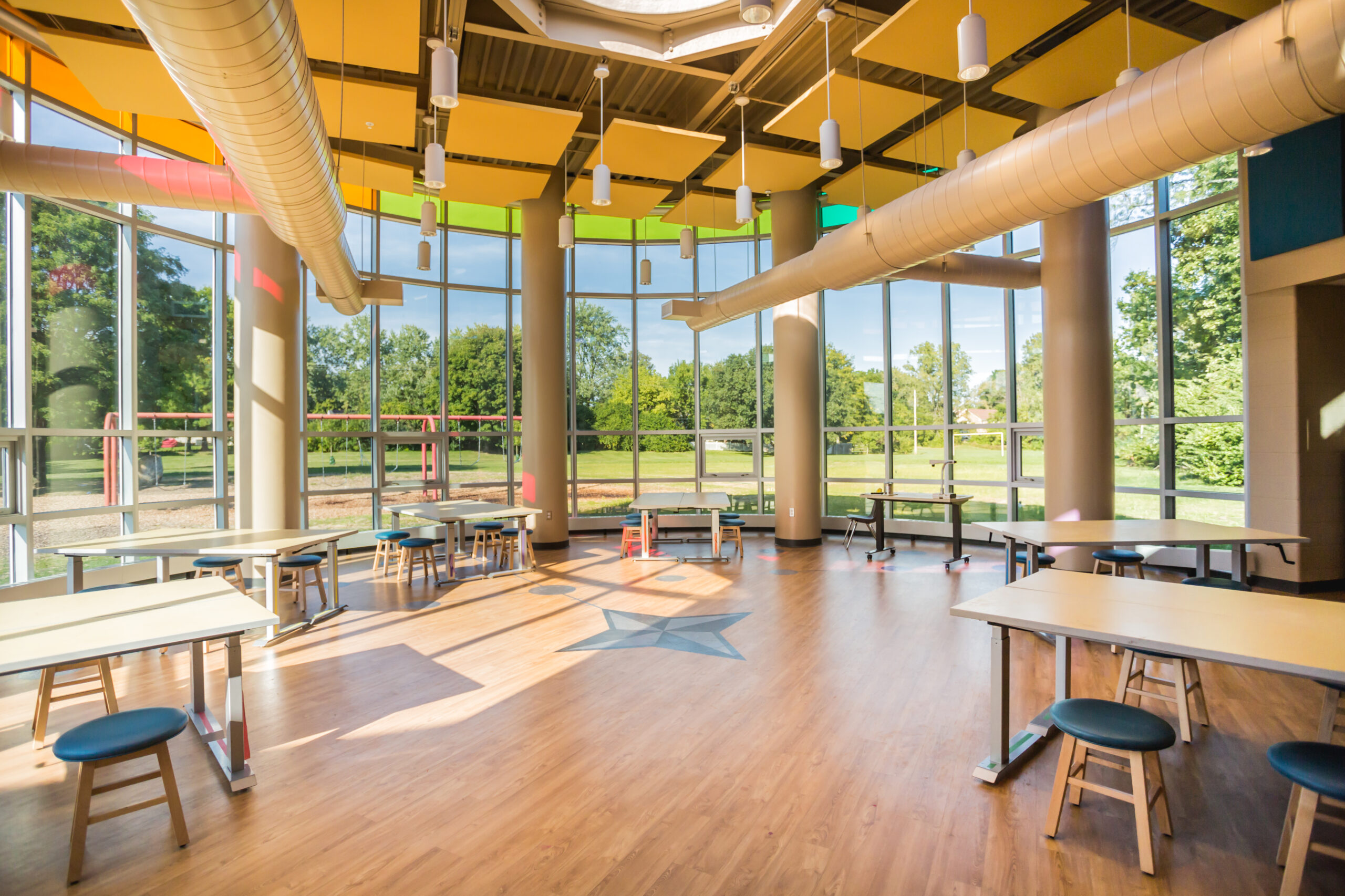
Pointview Elementary Art Room
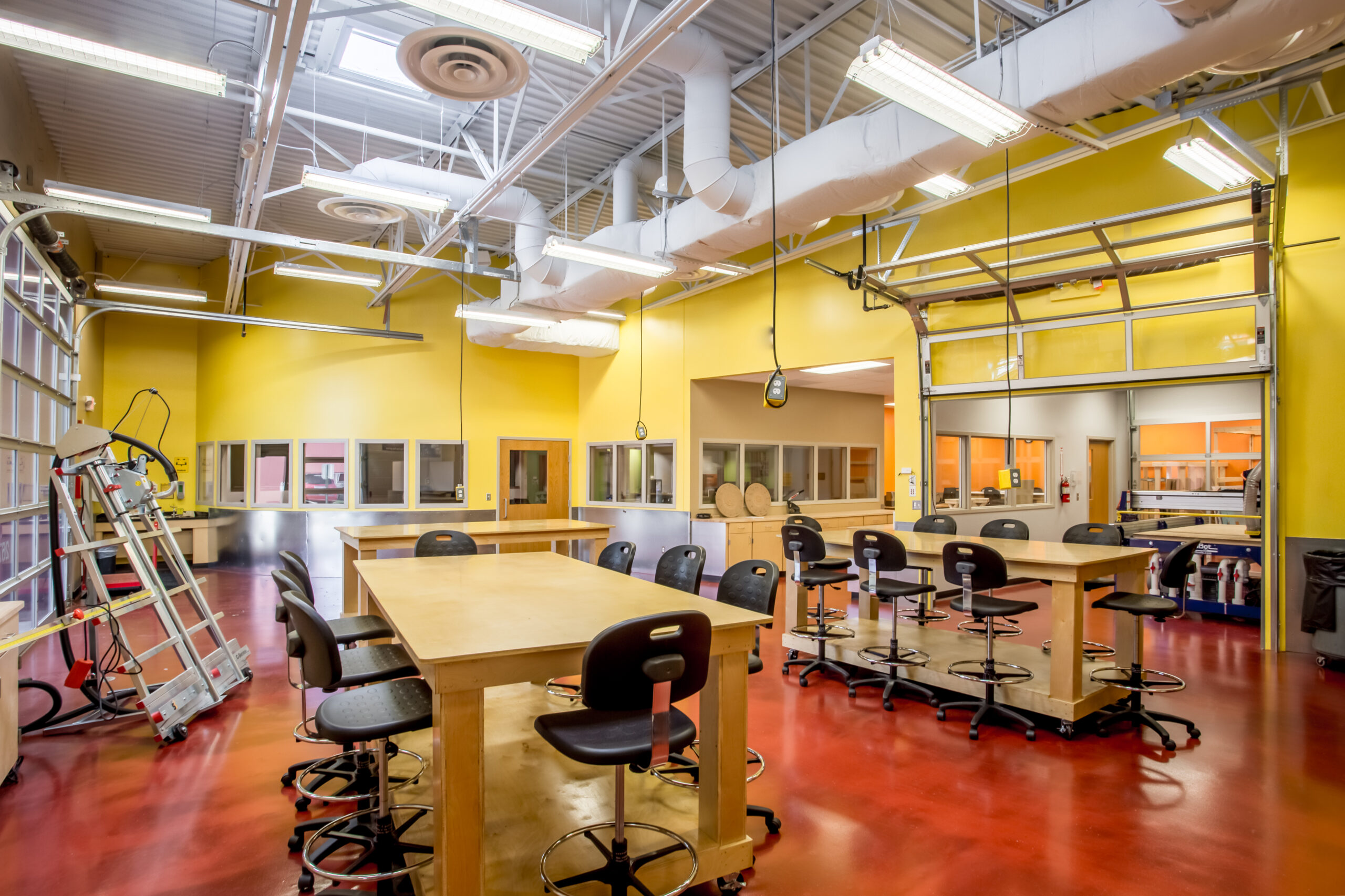
The ShOp - Westerville North High School Fab Lab
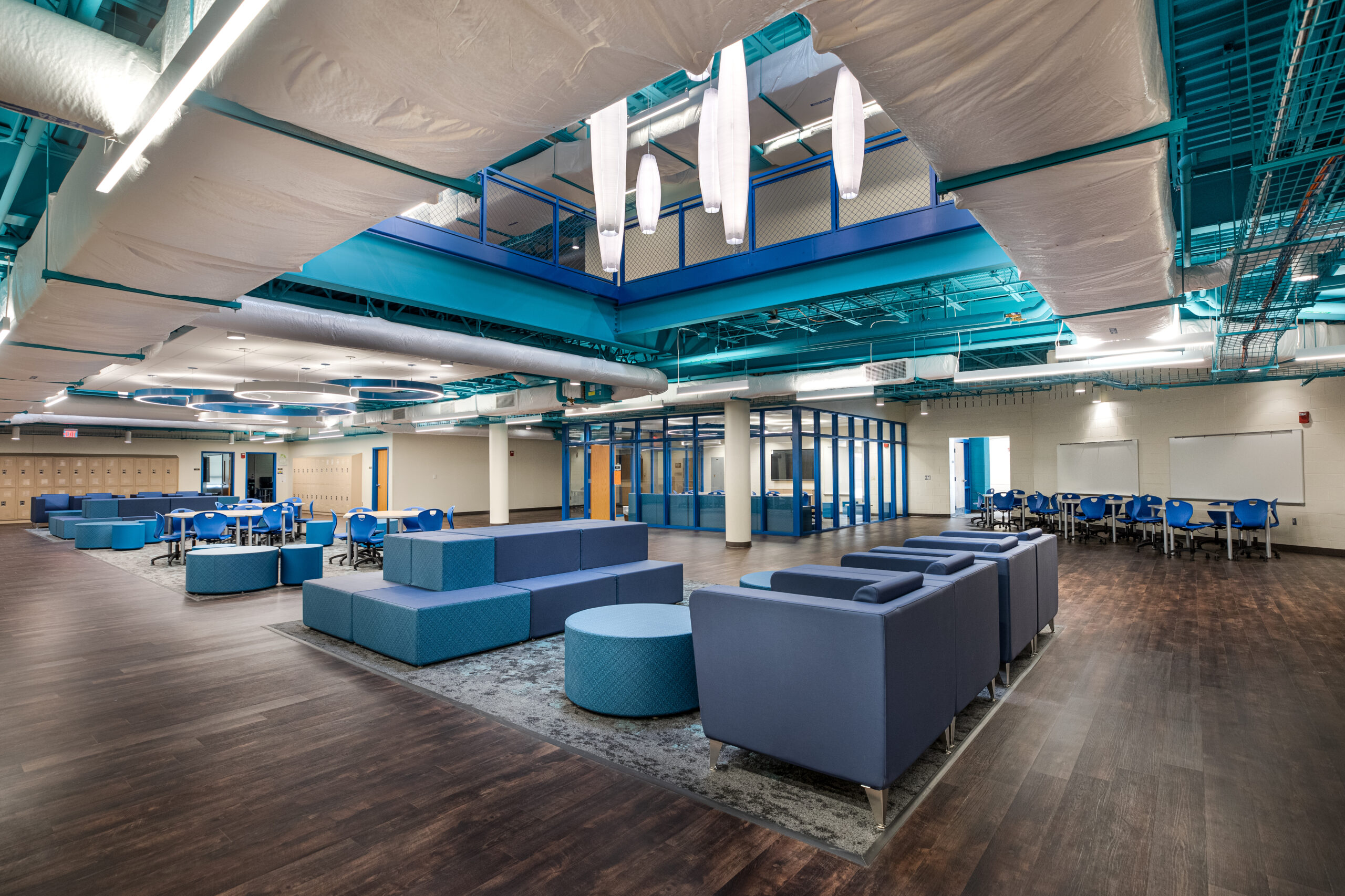
Westerville South High School
Over the course of our five year facilities improvement project we have approached building design differently and we see some key features being included that are adding value to our students and staff experiences. These include:
- Design features that reflect what we believe 21st century learning should look like and allows teachers to move away from “stand and deliver” modes of instruction.
- We have been intentional about making sure the buildings have specialized learning spaces that are designed with the needs of the students in those rooms. This is a particular focus for our older buildings that were built before there were mandates for specialized learning.
- Our design process emphasizes creating places that are inviting and inspiring for students and staff. Enhancements like artwork and the use of warm materials and vibrant colors are included as important elements.
- The community our schools are in has a history that we look to incorporate as part of the design process. We want our students and staff to have a sense of belonging to a place and an appreciation of its heritage.
- Finally, we want elements included that spark student curiosity about their world.
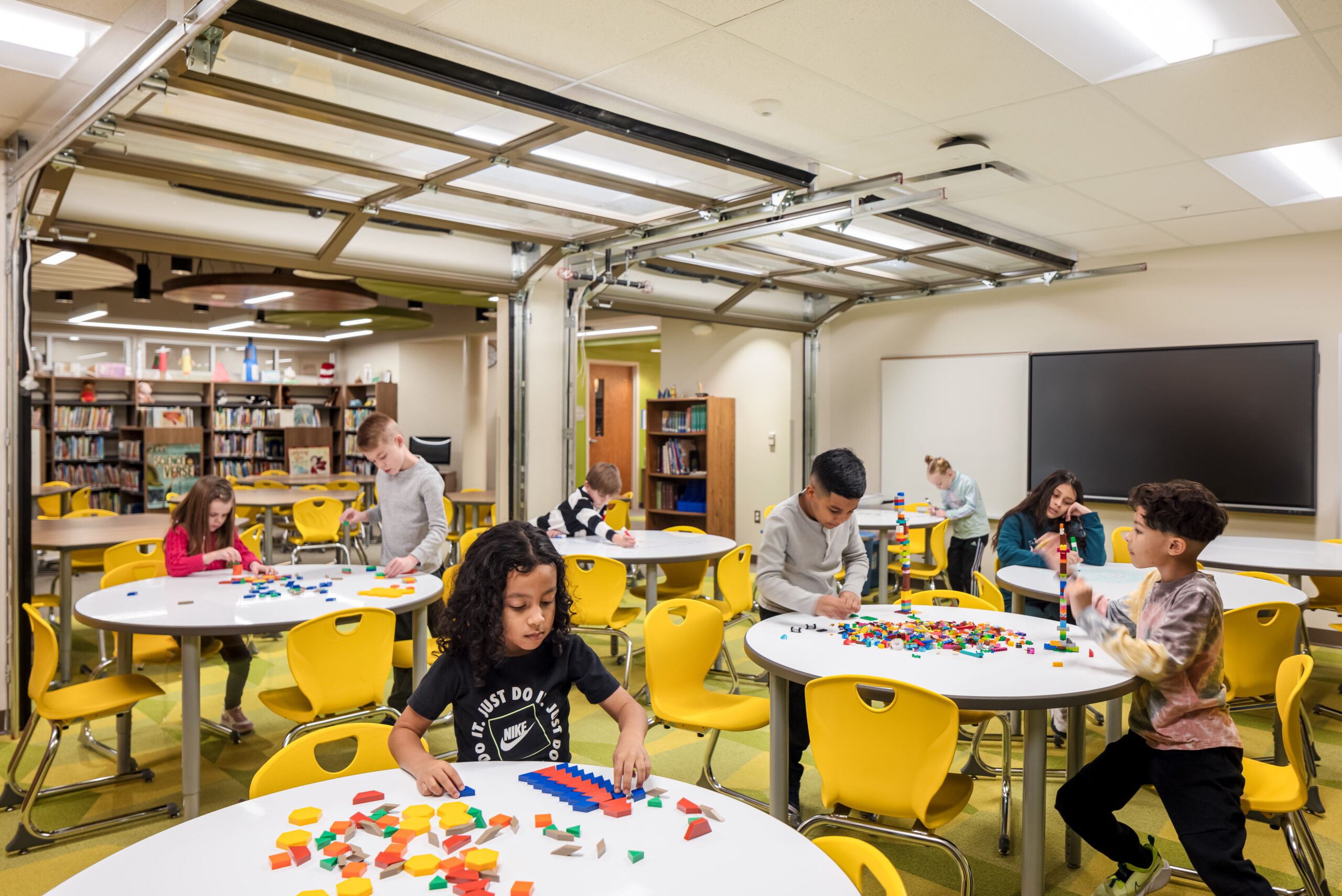
Annehurst Elementary School
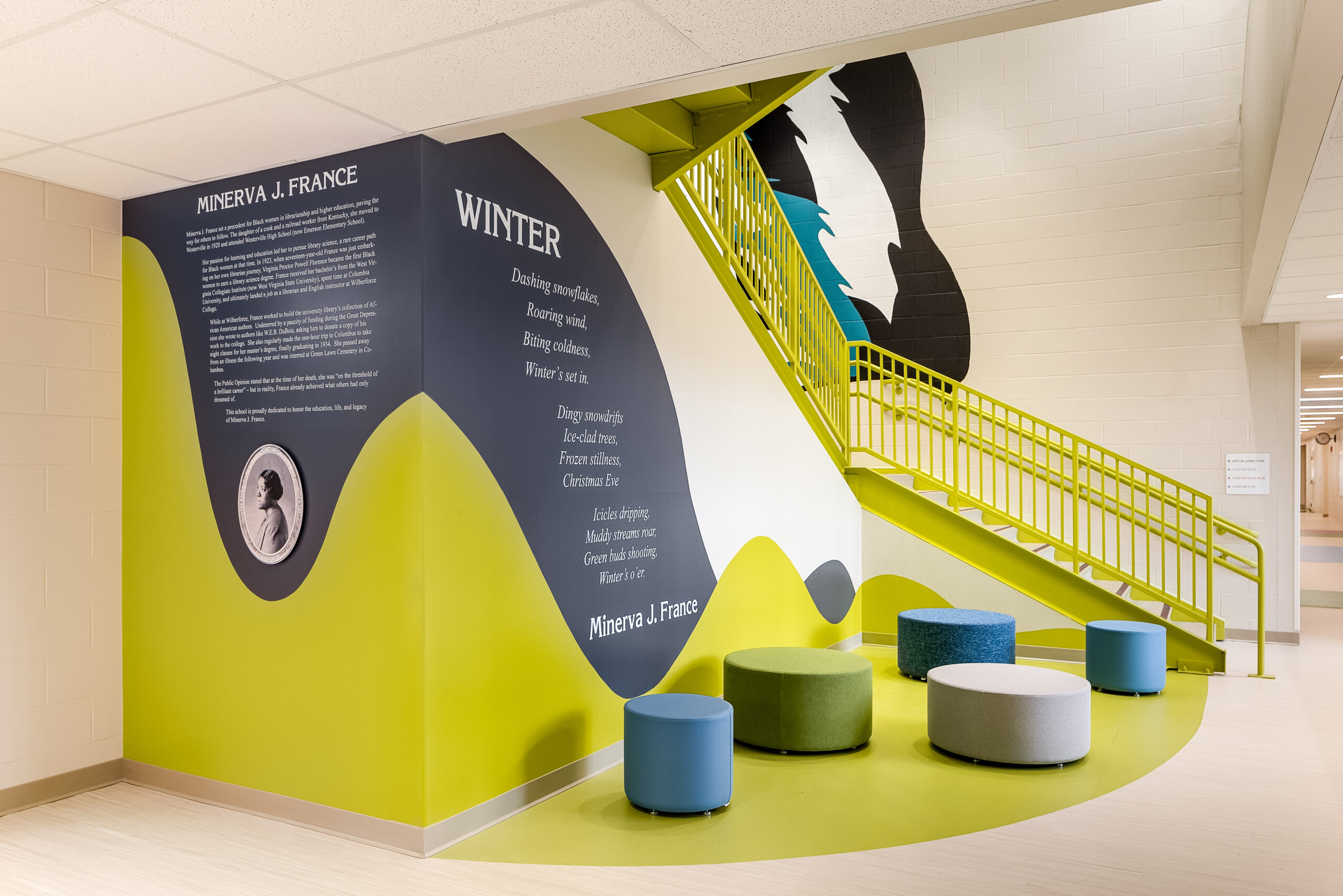
Minerva France Middle School

Minerva Park Middle School
Walk a school building from the perspective of a student and ask yourself – what does this building stand for? In Westerville we strive to make our buildings stand for what we think schools should do – develop the whole child.
WRITTEN BY JOHN R KELLOGG, ED.D. – SUPERINTENDENT – WESTERVILLE CITY SCHOOL DISTRICT

